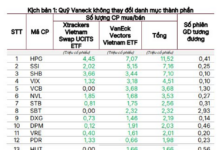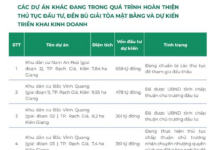Aside from the destinations, experiences, and cultural nuances, Vietnamese cuisine leaves a lasting impression on foreign tourists. Most notably, the diverse and affordable local delicacies offer a unique and delectable experience.
The following dish is an exemplary representation of this, serving as a specialty in Ha Long City, Quang Ninh Province. An American tourist, Max McFarlin, had the opportunity to indulge in this delicacy and enthusiastically remarked: “It’s truly perfect!”

American tourist Max McFarlin has a great passion for Vietnamese cuisine (Photo: Max McFarlin)
Ha Long’s Specialty “Worth Queuing For”
The specialty that captivated Max and his friend was a dish that seemed familiar yet exotic—bánh cuốn chả mực (rice rolls with squid sausage). While this dish is quite common in Ha Long and Quang Ninh, Max, following the recommendations of locals and experienced travelers, chose to indulge at a long-established eatery hidden down an alley in Hon Gai Ward.
Due to its popularity among both tourists and locals, this squid sausage rice roll restaurant is always bustling with customers. Patrons are expected to queue, and once their turn comes, they can place their orders and find a seat to enjoy their meal.

Bánh cuốn chả mực – Ha Long’s specialty (Photo: Lao Dong Newspaper)
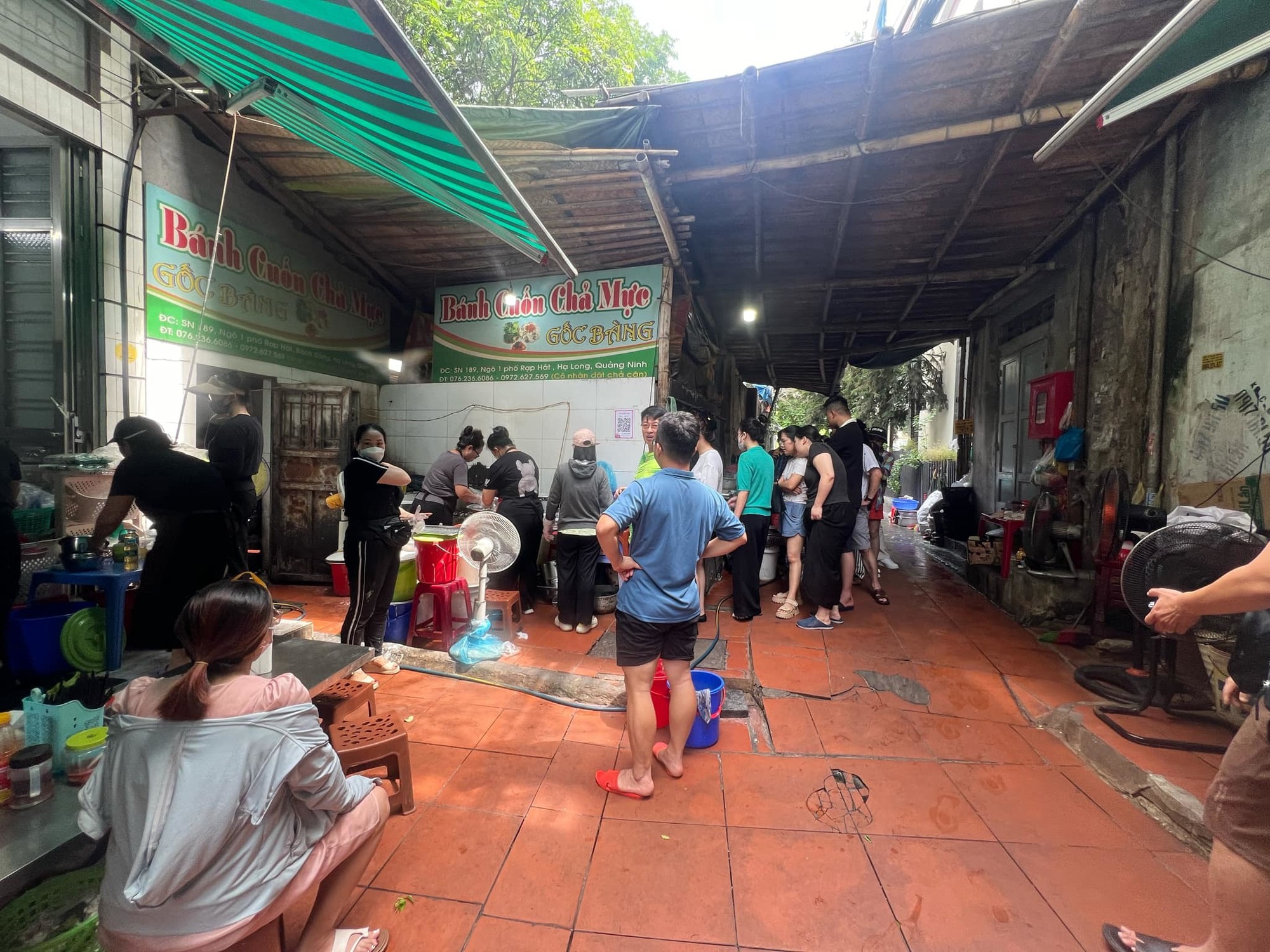
The familiar sight of customers queuing at the Ha Long squid sausage rice roll restaurant (Photo: Thu Phuong)
While waiting in line, Max witnessed the entire process of preparing this Ha Long specialty. Every step, from making the squid sausage, shaping it by hand, frying it, to steaming the rice rolls, is done manually.
As Max observed, the staff at this restaurant were constantly busy, and the customers patiently waited for their turn. “This street food joint is very lively and bustling. I arrived at 10 a.m. on a Monday, and it was still packed. Here, you have to grab a seat as soon as someone leaves, or you’ll lose it,” Max added.
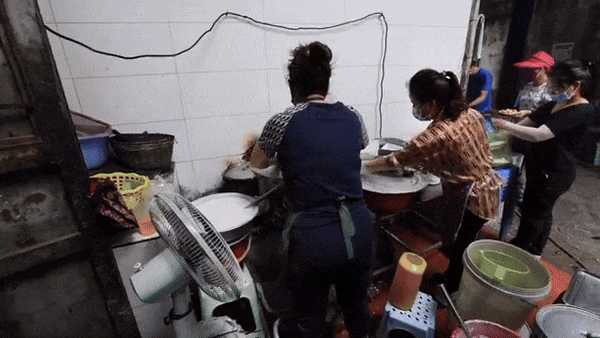
The American tourist witnessed the entire process of making squid sausage rice rolls while queuing (Photo: Max McFarlin)
Essentially, the rice rolls in this dish are similar to those found in other variations. However, the element that makes this Ha Long specialty unique is the squid sausage. Taking advantage of the region’s abundant seafood, the locals use fresh squid, which is pounded, minced, and then shaped by hand into palm-sized patties.
With the addition of a few spices, the squid sausage, when fried, offers a soft, fragrant, and slightly crispy texture. A basic serving includes rice rolls stuffed with minced meat, topped with crispy fried shallots, squid sausage, and a side of fish sauce and herbs to balance the flavors.

Photo: Max McFarlin
Diners can order as many squid sausages as they like, and since they are shaped and fried on the spot, they offer a fresh and hot delicacy. Two to four squid sausages, accompanied by rice rolls, are usually enough for a filling breakfast or lunch.
The squid sausage rice rolls are considered a dish that caters to all palates. After indulging in this delicacy, the two tourists were full of praise, exclaiming that everything was perfect. “The squid sausage is so soft, and it even has a slightly crispy texture from the squid teeth. The sausage is fatty and even more delicious when dipped in fish sauce,” remarked Max.

The male tourist was impressed by the squid sausage (Photo: Max McFarlin)
Unique Variations of Bánh Cuốn
In reality, bánh cuốn is a popular and accessible dish in many regions of Vietnam. Beyond Ha Long and Quang Ninh, there are several unique variations of this dish across the country, waiting to be discovered and savored by adventurous tourists.
1. Highland Bánh Cuốn
In certain mountainous areas of northern Vietnam, such as Ha Giang, Cao Bang, and Lang Son, a distinct variation of bánh cuốn can be found. Specifically, instead of the traditional fish sauce, the dipping sauce served with the thin rice rolls stuffed with minced meat, wood ear mushrooms, and other fillings is made from pork bone broth. This broth is still hot when served, and it is often garnished with coriander and scallions.
Locals explain that the use of hot bone broth instead of fish sauce is due to the colder climate in these highland regions. Having a hot bowl of broth with the rice rolls in the early morning helps warm the body. Depending on their preferences, diners can also add fried spring rolls, bamboo shoots, or chili peppers to the broth.
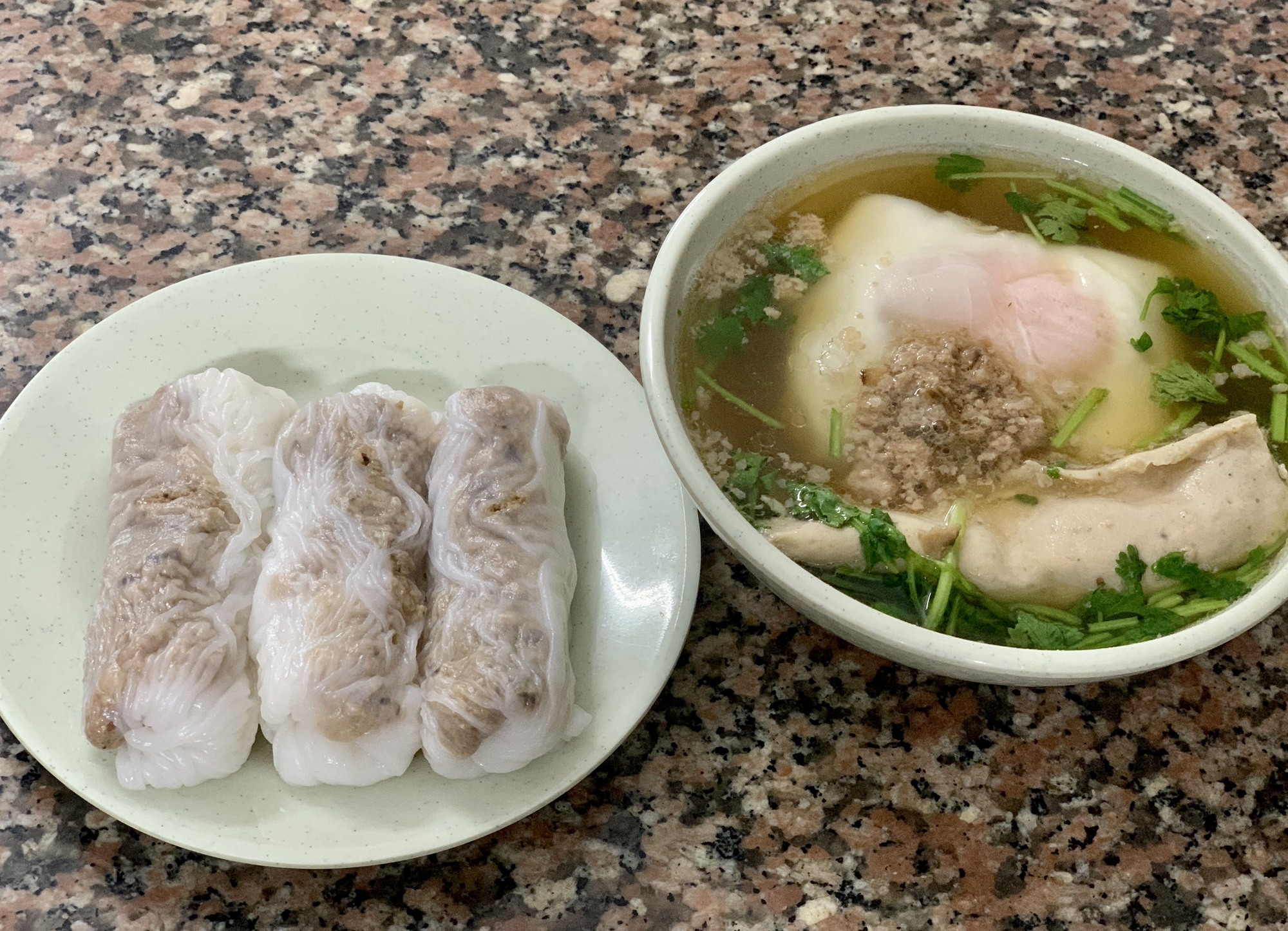
Photo: Lao Dong Newspaper
In Lang Son, there is also a variation called bánh cuốn trứng (egg rice rolls) with minced meat.
2. Hanoi Bánh Cuốn
Hanoi’s version of bánh cuốn is arguably the most famous and well-known. Diners can choose between rice rolls stuffed with wood ear mushrooms, scallions, or minced meat. However, the most traditional variation of Hanoi’s bánh cuốn is the one without any fillings, featuring thin, smooth, and silky rice sheets topped with crispy fried shallots. It is typically served with fish sauce infused with garlic and chili peppers, along with grilled pork sausage or pork belly.
There is also a unique variation in Hanoi that some may find adventurous—bánh cuốn cà cuống. The cà cuống (giant water bug) is grilled and then cut into small pieces to be eaten with the rice rolls, or its essence is extracted and added to the dipping sauce. According to restaurant owners, the essence of the cà cuống lends a strong, fragrant, slightly pungent, and mildly spicy flavor to the sauce.
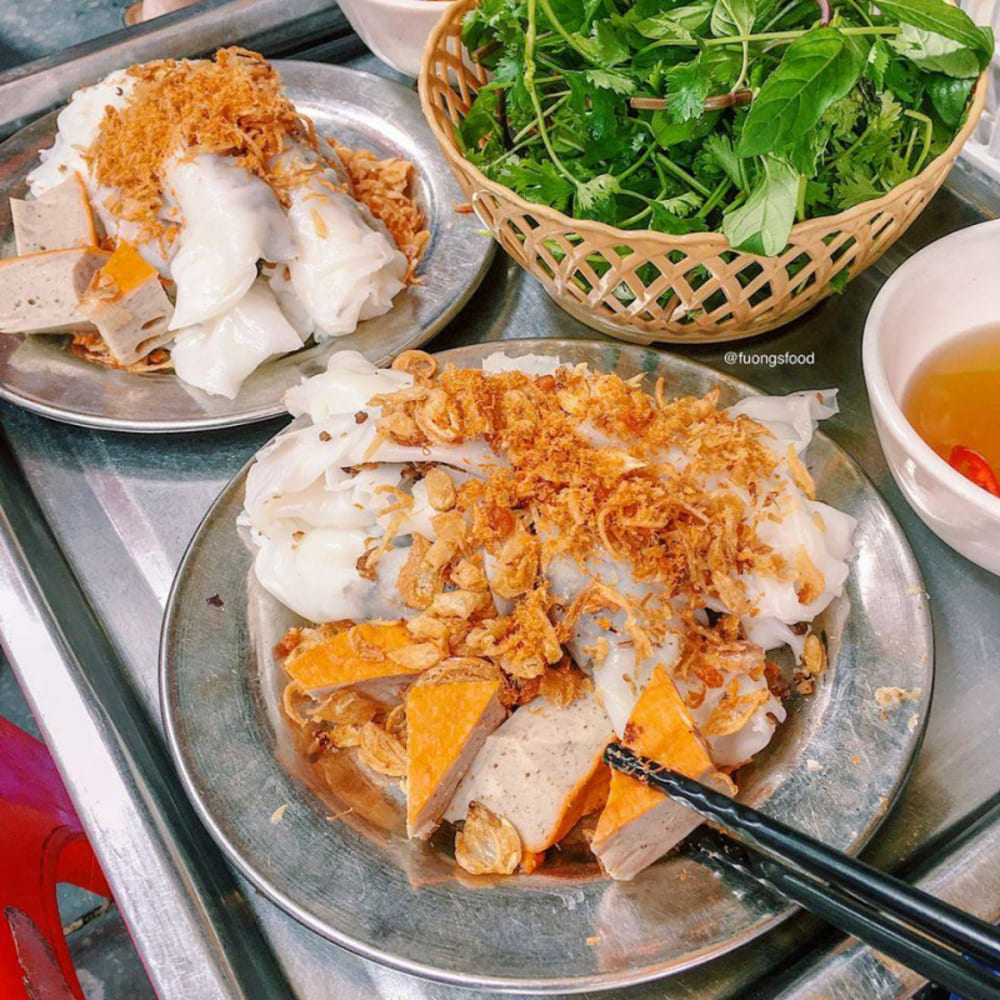
Photo: fuongsfood
3. Ha Nam Bánh Cuốn
In Ha Nam Province, bánh cuốn takes on a different form, as it is served with charcoal-grilled meat. The meat used is usually thinly sliced pork belly marinated in a sweet and savory sauce.
4. Nghe An Bánh Cuốn
In this central province, bánh cuốn goes by a different name—bánh mướt. While it is made from rice flour and steamed into thin sheets, it is not typically stuffed with fillings. Diners can choose their preferred accompaniments to suit their taste. It can be enjoyed plain with dipping sauce, or paired with fried spring rolls, eel soup, or various types of meat such as duck, chicken, braised beef, or stir-fried pork offal.
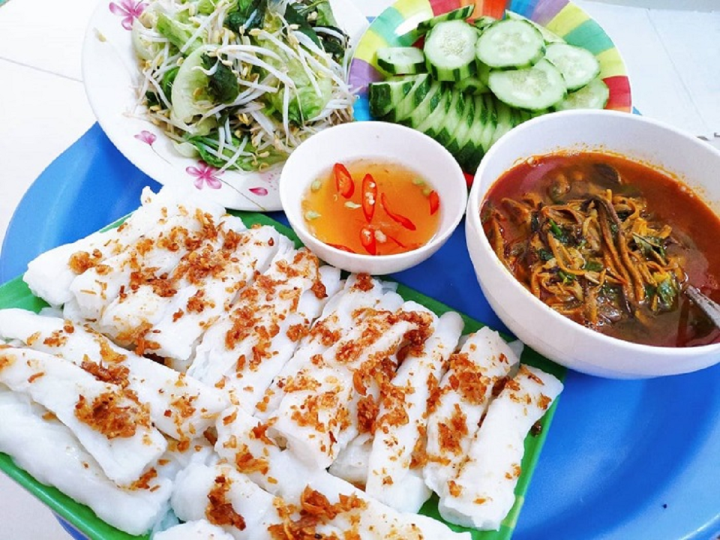
Photo: VTC
5. Southern Bánh Cuốn
Lastly, the southern variation of bánh cuốn has been adapted to suit the local palate and ingredients. Instead of pork belly or pork sausage, it is often served with beef sausage or fermented pork sausage (nem chua). This unique version blends the flavors of the North and the South, offering a distinct culinary experience.
The Ultimate French-inspired Vietnamese Dish: A Foreigner’s Taste Test and Verdict.
As a dish that originated from foreign lands, this particular delicacy has captivated the taste buds of Americans in Vietnam. The unique and delectable flavors of this dish have left a lasting impression, captivating locals and foreigners alike with its exquisite taste.


















